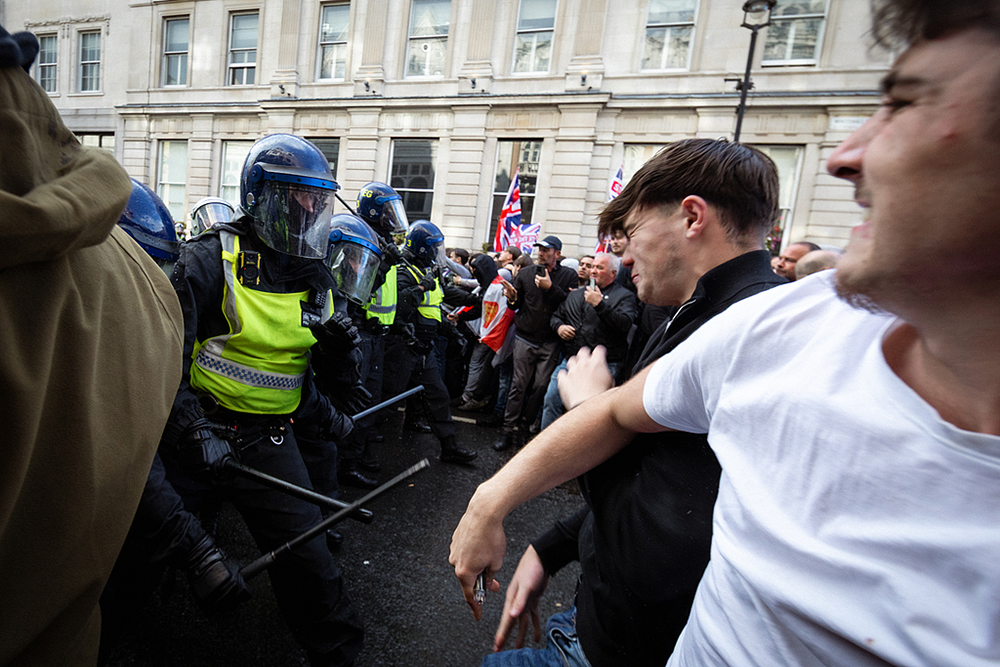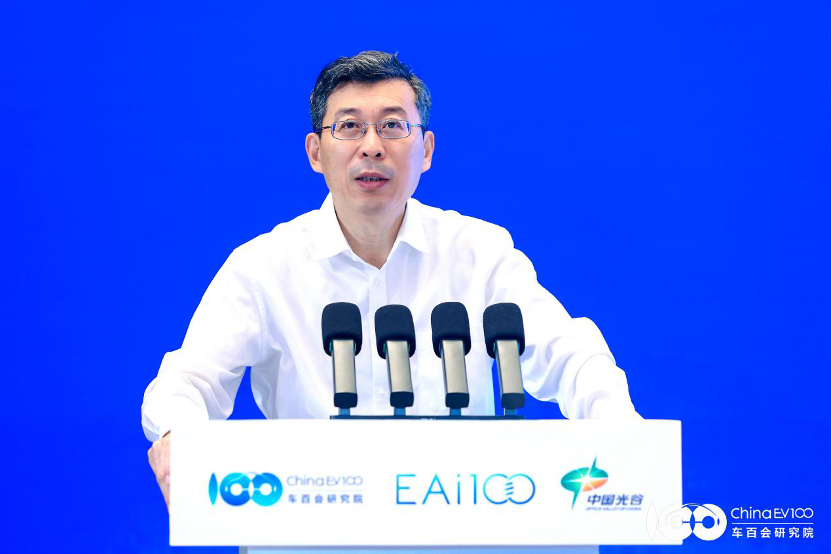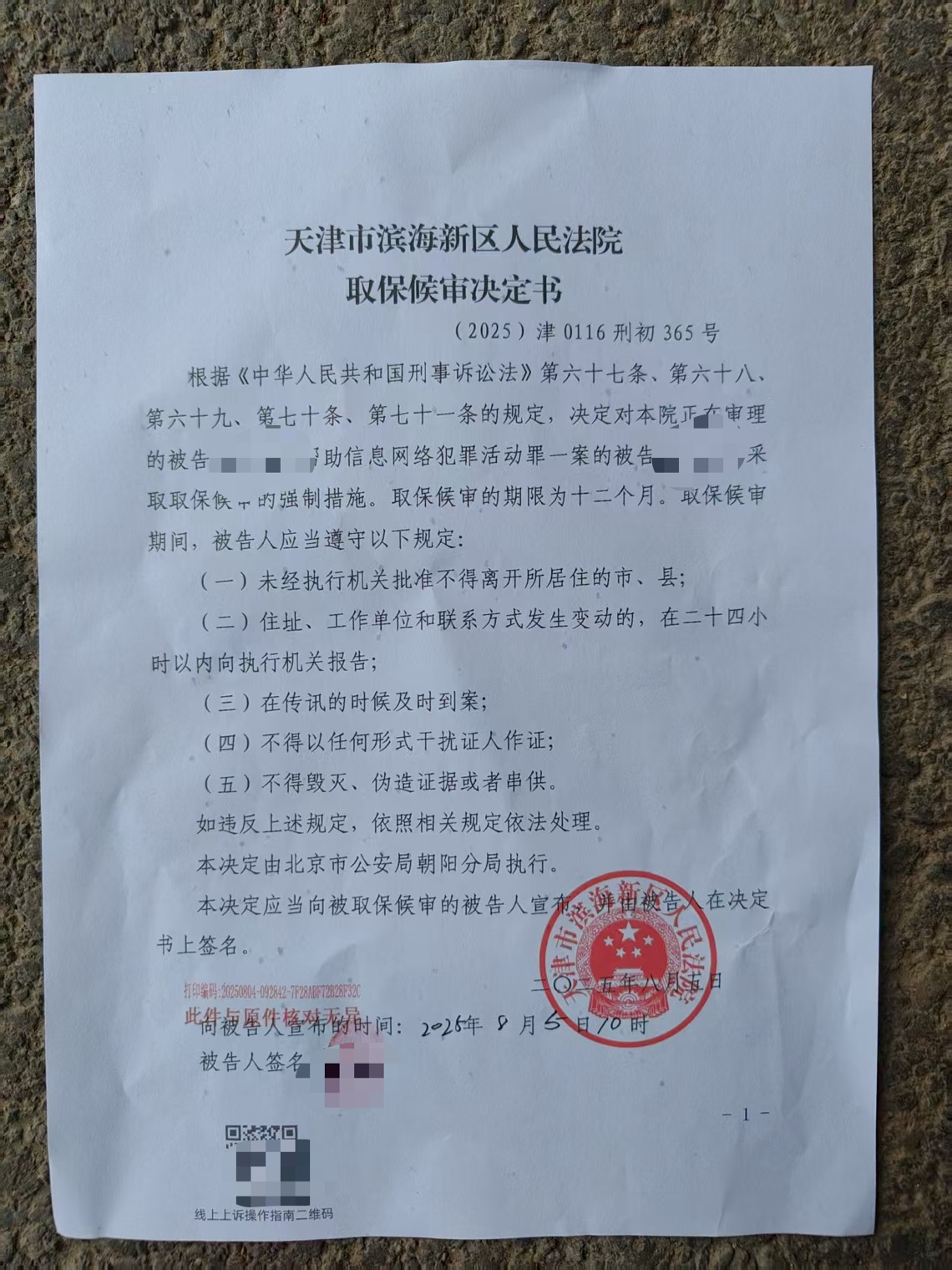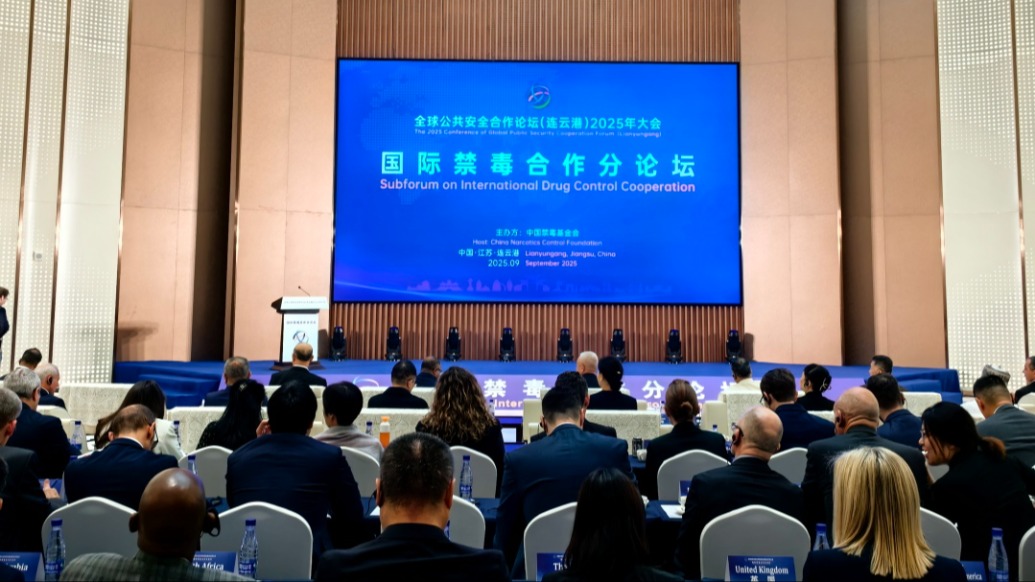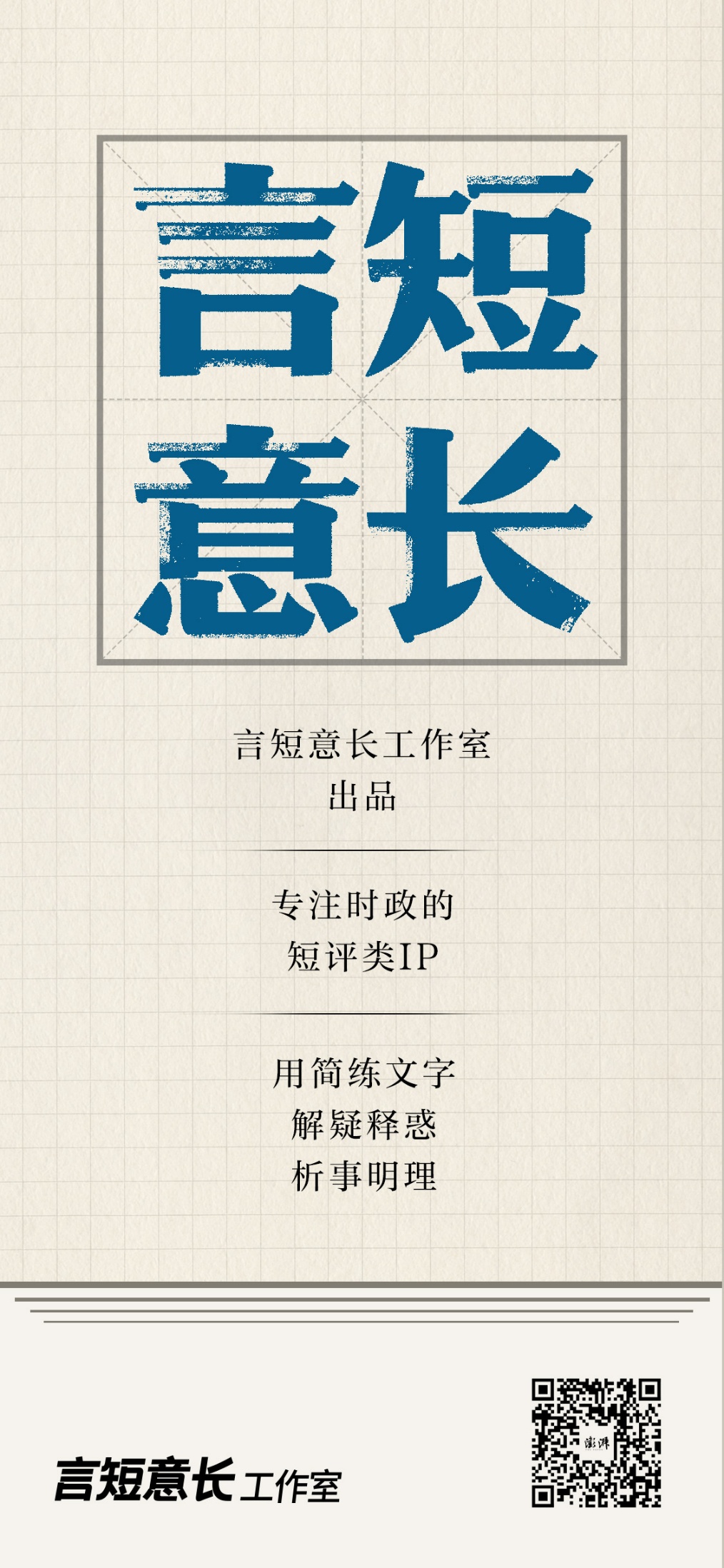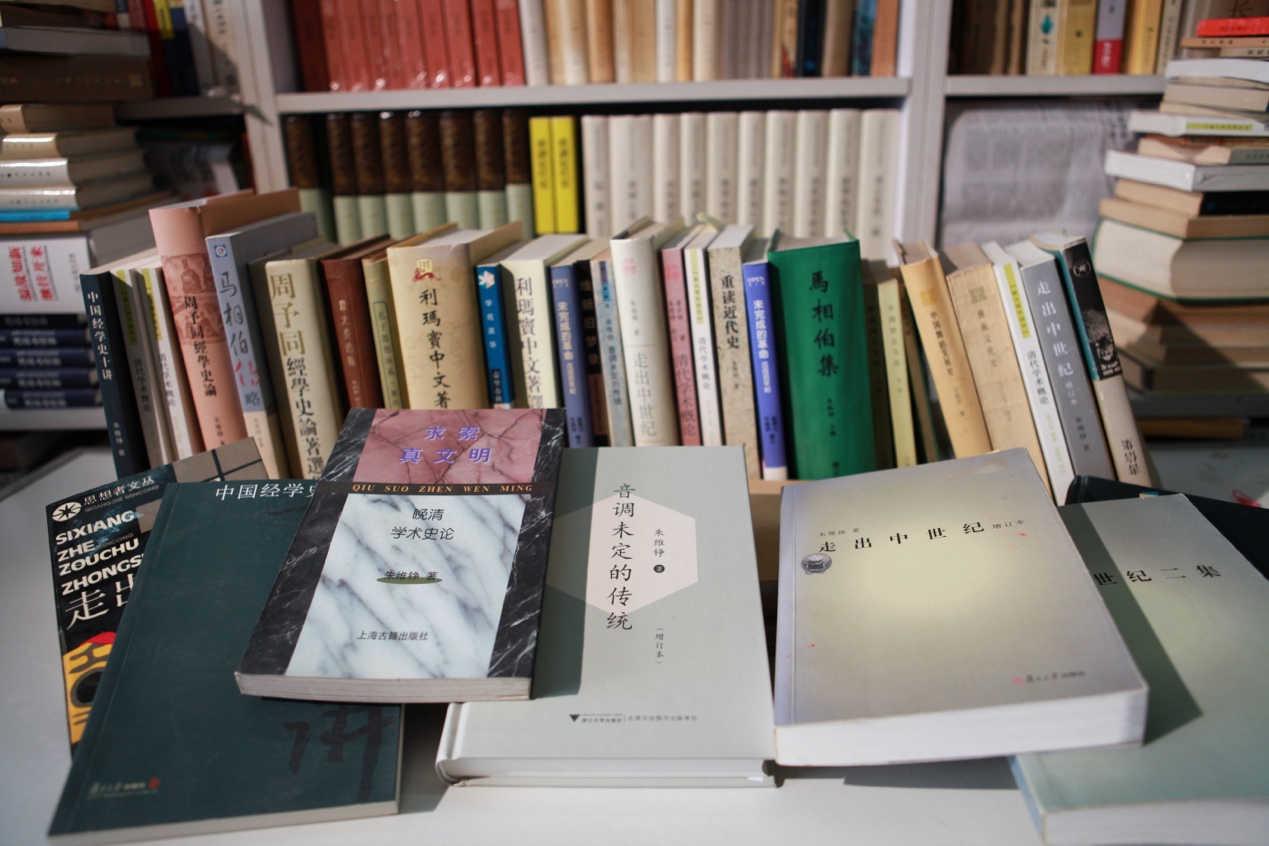《外交》季刊刊发唐学锋中英文文章追忆二战期间苏联航空援华队
9月18日,2025年第2期《外交》季刊刊发重庆中国三峡博物馆特约研究员唐学锋文章《热血铸剑 情谊永载史册》,追忆二战期间苏联航空援华队的故事。
文章如下:
《热血铸剑情谊永载史册》
唐学锋 重庆中国三峡博物馆特约研究员
2025年5月7日,中国国家主席习近平赴莫斯科对俄罗斯进行国事访问并出席纪念苏联伟大卫国战争胜利80周年庆典之际,在《俄罗斯报》发表题为《以史为鉴共创未来》的署名文章。习近平主席在该文中讲道:“在中国人民抗日战争的艰难时刻,苏联援华航空队在南京、武汉、重庆等地‘鹰击长空’、阻击日寇,许多飞行员献出宝贵生命。”
这是一段中国人民永远不会忘记的历史,正是因为苏联援华航空队的到来,使得中国抗日战争的空中战场,从一开始就具有了国际反法西斯战场特点。

1938年,驻武汉的苏联援华航空志愿队飞行员。资料图
万里驰援蓝天御敌
全面抗战爆发后,中国空军的战机在日军的疯狂进攻下损失殆尽,日机肆意在我城市上空投弹、扫射,中国老百姓惨遭来自空中的屠杀。危急时刻,一群金发碧眼的身影跨越万里国境,驾驶着战机冲入硝烟—他们是苏联援华航空队,他们用滚烫的热血铸就反法西斯的正义之剑,他们以生命写下一段永载史册的情谊。
1937年11月22日,苏联援华航空队在南京上空首次投入对日作战。涅日丹诺夫·尼古拉·尼基福罗维奇在对日空战中阵亡,他成为在中国战场上首位牺牲的苏联援华航空队飞行员。
苏联援华航空队在中国的作战时间为1937年11月—1940年底。由于苏联政府采取的是派部队轮战的方式,各部队在华作战时间大致3-6个月,其基本情况如下:1937年11月—1938年8月,兵力为3个战斗机大队、3个轰炸机大队;1938年9月—12月,兵力为2个战斗机大队、2个轰炸机大队;1939年1月—6月,兵力为1个战斗机大队;1939年7月—1940年3月,兵力为4个战斗机大队、4个轰炸机大队;1940年4月—5月,兵力为1个战斗机大队、2个轰炸机大队;1940年6月,兵力为1个战斗机大队。其在华航空队人数也不固定,最多时为425人,最少时为48人。
为了援助中国的抗战事业,苏联除直接派出航空队秘密来华以志愿队名义参战外,还先后向中国提供了1235架飞机(战斗机、轰炸机、侦察机和教练机)。此外,苏联还派出航空军顾问和专家,协助中国建立航校,培养出数百名飞行员和机械师,这些人后来成为中国空军的骨干。
正义之剑战绩卓越
苏联援华航空队在中国作战期间,主要参加了南京、南昌、衡阳、武汉、兰州、重庆等城市的空中保卫战,以及跨海奇袭日军在台湾的空军基地和支援徐州会战、桂南会战等。
1938年2月23日,苏联援华航空队出动28架轰炸机,在波雷宁大尉率领下,成功袭击了日军在台湾的松山机场,予敌以重创。次日,中国共产党创办的《新华日报》特为此发表短评,题为《惊破敌胆的我空军》,称:“这是空军在‘8·13’以来顶顶伟大的光荣胜利,我们的飞将军在抗战中对我民族尽了最值得敬佩的责任,是我中华民族最应该崇仰的模范”。
1938年4月29日和5月31日,中苏空军联手,在武汉上空与来犯日机展开决战。两次空战,中苏空军分别取得击落敌机21架和14架的骄人战绩。在此期间,《新华日报》分别发表《庆祝空军再次大捷》《给敌机以重大的打击》《学习空军精神》等3篇文章,予中苏空军联合抗战取得的战绩高度评价。
武汉空战结束后,大家突然在媒体上看到中国空军的一支以前从未听说的部队—“中国空军正义之剑大队”出现在眼前,这支部队实际上就是“苏联援华航空队”(因其为秘密入华作战,故使用的飞机机身全部喷漆上中国空军飞机的颜色、图徽和番号)。“正义之剑”从此成为苏联援华航空队在中国的代名词。
在兰州,经过1939年“2·20”“2·23”等多次空中较量后,日军被迫放弃从空中摧毁当时苏联援助中国抗战物资的国际运输线终点—兰州基地的企图。
在重庆,因为苏联援华航空队的到来,整个1939年下半年,日军对重庆的空袭,没有一天敢在白天进行。
1939年10月3日,苏联援华航空队9架轰炸机,在格里戈里·阿里莫维奇·库里申科大队长率领下,从成都出发,对日军在汉口的空军基地进行了远袭,炸毁敌在机场60架飞机,并当场炸死、重伤日军航空队指挥官和士官10余人。10月14日,库里申科再次率队出击,又一次予敌在汉口的空军基地重创,当场炸毁日机50余架、弹药库1座、卡车60余辆、汽油桶数百个。这两次奇袭,均被日本军方写入其战史,并称是在中国战场上有史以来其空军遭受的最大损失。
1939年底,苏联援华航空队全部主力南下桂林、柳州,积极配合中国军队正在进行的桂南会战,并取得昆仑关大捷。
1940年6月以后,苏联因本土逐渐遭受德国法西斯侵略的威胁,航空队逐渐将作战部队撤回本国,结束了援华作战任务。
纪律严明守望相助
抗战初期,担任中国航空委员会顾问的陈纳德曾对苏联援华航空队有极高的评价:“苏联人执行铁一般的纪律”,他说道:“苏联飞行员技术过硬,而且精力旺盛。他们能连续12个小时值班,紧接着参加激烈的空战,然后又彻底狂欢。我从来没见过哪个种族能有这么好的精神”。
苏联援华航空队在中国除执行作战任务外,还负有训练中国飞行员的任务。为了改掉中国飞行员过去的两大毛病—不爱护飞机和不讲作战需要,只图在空中玩花样的缺点,曾担任过中国空军教官的库里申科多次向他的学员讲述爱护飞机的意义:“飞机,是国家的宝贵财产。中国在抗战,你知道吗?从苏联不远万里运飞机到中国来支持抗战,这是多么不容易的事情啊!损坏一架就少一架,损坏了一个零件都要到万里以外的地方去配给补充啊!”
库里申科严格的教学和工作作风,也深深地感动了中国的飞行员,赢得他们对库里申科由衷地敬佩。
在新疆的伊宁,还有苏联帮助中国建立的一所航空学校。该校共有10名苏联顾问,他们有一个共同特点是,“对人和气而对事严格,一丝不苟”。总顾问李维诺夫曾参加过西班牙反法西斯战争,他为人正直、庄重,技术全面,几乎能驾驶所有的飞机。如果哪一个中队不能完成训练计划,他都要亲自带飞示范。到1939年夏天,受到过苏联援华航空队轮训的中国飞行员已达1045人,领航员81人,无线电、射手198人,航空技术人员8354人。这一切均为中国的空中抗战做出了积极贡献。
在抗日战争的烽火岁月里,面对日本侵略者的空中威胁,中苏两国的飞行员并肩作战,结下生死与共的情谊。他们常常在硝烟弥漫的空战中,于危急时刻向身陷险境的对方战友伸出援手,或是中国飞行员冒着炮火驱散敌机,为受困的苏联战友解围;或是苏联飞行员挺身而出,掩护中国同伴脱离险境。这份跨越国界的援救,既是对法西斯暴行的共同抗争,更是两国飞行员用勇气与信任谱写的战斗赞歌,彰显着反法西斯阵营中守望相助的深厚情谊。
1938年1月7日,日军的15架96式陆上攻击机在9架96式战斗机掩护下空袭南昌。中苏空军升空20架战斗机迎敌,空战过程中,苏联援华航空队大队长布拉戈维申斯基所驾驶的飞机被1架日机咬住,在眼看就要被击落的紧急时刻,中国飞行员罗英德及时赶到,从这架日机的后面向其发动攻击,并将该日机击落,救下了布拉戈维申斯基。事后大家才知道,被罗英德击落的这架日机飞行员,竟是日本海军航空队的“空战至宝”之一的潮田良平。空战结束后,布拉戈维申斯基将自己随身佩戴的一块刻有“斯大林赠”的手表送给了罗英德,以感谢他的救助之恩。
1938年8月31日凌晨,日机分多批夜袭重庆白市驿和广阳坝机场。中苏空军起飞9架战斗机升空迎敌,因油料将尽,中国飞行员杜兆华拟降落广阳坝机场,加油后再升空作战。但此时机场灯光已被日机炸毁,飞机已无油支撑飞到其他机场降落。危急时刻,苏联援华航空队联队长苏普伦毅然冒着生命危险,驾驶一辆汽车,冲向机场跑道的一端,打开车灯,引导这架飞机安全降落。当他们刚刚离开机场,又一批日机已飞临机场上空,将炸弹投了下来。
苏联飞行员勇救中国飞行员一事在当地传为佳话。但十分可惜的是,两人都在后来为各自国家的反法西斯战争中牺牲了。
缅怀英雄共叙友谊
2013年3月23日,中国国家主席习近平在莫斯科国际关系学院发表《顺应时代前进潮流,促进世界和平和发展》的演讲时,高度赞扬为中国抗战而牺牲的苏联飞行员库里申科,“抗日战争时期,苏联飞行大队长库里申科来华同中国人民并肩作战,他动情地说:‘我像体验我的祖国的灾难一样,体验着中国劳动人民正在遭受的灾难’。他英勇牺牲在中国大地上。中国人民没有忘记这位英雄,一对普通的中国母子已为他守陵半个多世纪”。
中国人民对在抗战牺牲的苏联烈士,始终以庄重、感恩的方式铭记他们的贡献,传承这份跨越国界的友谊与正义。在苏联援华航空队曾经战斗过的武汉、重庆、兰州等地,当地政府均为牺牲的苏联飞行员建有纪念碑、纪念亭,或陵园。在贵州沿河,当地政府不仅为一名叫“金角罗夫”的苏联飞行员修建了陵墓,还在他当年牺牲之地建了一个“金角罗夫”广场,供人民纪念和瞻仰。在南京抗日航空烈士纪念馆的英烈碑上,还镌刻着236名苏联籍抗日航空英雄的名字。
库里申科、涅日丹诺夫、马尔琴科夫、拉赫曼诺夫、哥利亚捷夫等人被中国国家有关部门列入全国《著名抗日英雄、英雄群体名录》。
每逢抗战纪念日、烈士牺牲纪念日、中国的清明节等,各地政府及民众都要举行祭奠仪式、缅怀活动,邀请中俄两国人士、老兵及青少年参与,传承历史记忆。
这些工作不仅是对牺牲烈士的缅怀,也见证了中俄两国在反法西斯战争中结下的友谊,具有重要的历史意义和教育价值。
《 A Sword Forged with Blood and Valor,A Friendship Etched in the Annals of History》
Tang Xuefeng
On May 7, 2025, Chinese President Xi Jinping published a signed article titled “Learning from History to Build Together a Brighter Future” in Russian newspaper Gazette ahead of his arrival in Moscow for a state visit to Russia and attendance at the celebration marking the 80th anniversary of the Victory in the Soviet Union’s Great Patriotic War. In the article, President Xi Jinping stated that “In the darkest hours of the Chinese People’s War of Resistance Against Japanese Aggression, the Soviet Volunteer Group, which was part of the Soviet Air Force, came to Nanjing, Wuhan and Chongqing to fight alongside the Chinese people. They bravely engaged Japanese invaders in aerial combat. Many laid down their precious lives.”
This is a period of history that the Chinese people will never forget. The arrival of the Soviet Volunteer Group imbued China’s aerial fight against Japanese aggression with the characteristics of an international anti-fascist battlefield from the very beginning. Assistancefrom Afar to Defendthe Skies Against Aggression
With the launch of full-scale aggression by the Japanese military in China, warplanes of the Chinese air force were almost completely destroyed under the frantic attacks of the Japanese military. Japanese warplanes wantonly dropped bombs on and strafed Chinese cities, and Chinese civilians suffered brutal killings from air strikes. At this critical moment, a group of foreigners travelled thousands of miles to China, and flew their planes into the fires of war. They were the Soviet Volunteer Group, who forged a sword of justice against fascism with their blood, and wrote with their livesa brilliant chapter of friendship in history.
On November 22, 1937, the Soviet Volunteer Group engaged for the first time in combat against Japanese forces over Nanjing. Nezhdanov Nikolay Nikiforovichwas killed in the aerial combat. He was the first Soviet pilot to sacrifice his life on the Chinese battlefield.
The Soviet Volunteer Group took part in combats in China from November 1937 to the end of 1940. As the Soviet government followed a format of rotating troops for combat, each unit served in China for approximately three to six months. The specific deployment was as follows: from November 1937 to August 1938, three fighter brigades and three bomber brigades; from September to December 1938, two fighter brigades and two bomber brigades; from January to June 1939, one fighter brigade; from July 1939 to March 1940, four fighter brigades and four bomber brigades; from April to May 1940, one fighter brigade and two bomber brigades; and in June 1940, one fighter brigade. The number of personnel in the Soviet Volunteer Group fighting in China was not a set figure. It was 425 at its maximum, and 48 at its minimum.
To support China’s war against Japanese aggression, the Soviet Union not only secretly sent air force units to China whch fought under the name of volunteer group, but also provided China with 1,235 aircraft, including fighters, bombers, reconnaissance planes and trainers. Additionally, the Soviet Union dispatched air force advisers and experts to help China set up aviation schools. Several hundred pilots and mechanics were trained there and later became the backbone of the Chinese air force.
Remarkable Achievements by the Sword of Justice
During its operations in China, the Soviet Volunteer Group participated mainly in air defense battles forsuch cities as Nanjing, Nanchang, Hengyang, Wuhan, Lanzhou and Chongqing. They also launched surprise attacks on Japanese air bases in Taiwan, and supported the Battle of Xuzhou andBattle of South Guangxi.
On February 23, 1938, 28 bombers from the Soviet Volunteer Group, led by Captain Polenin, successfully raided the Japanese airfield at Songshan in Taiwan, and dealta heavy blowto the enemy. The next day, Xinhua Daily, a newspaper founded by the Communist Party of China, published a commentary titled “Air Force Strikes Fear into Enemy”, saying that “This is the greatest and most glorious victory of our air force since the Songhu Battle. Our aerial fighters have fulfilled their most admirable duty for our nation in the war of resistance against Japanese aggression. They are the role models worthy of the highest respect from the Chinese nation.”
On April 29 and May 31, 1938, the Chinese and Soviet air forces joined hands to engage the invading Japanese warplanes over Wuhan. In these two aerial battles, they achieved remarkable results by shooting down respectively 21 and 14 enemy planes. During this period, Xinhua Daily published three articles including “Celebrating Another Great Victory of the Air Force”, “Inflicting Heavy Toll on Enemy Planes” and “Learning from the Spirit of the Air Force”, and highly praised the joint achievements of the Chinese and Soviet air forces in the war of resistance.
After the Wuhan aerial battles, the Chinese public were surprised to learn through the media of a Chinese air force unit they had never heard of before, namely, the Sword of Justice Brigade of Chinese Air Force. This unit was in fact the Soviet Volunteer Group (As they operated secretly in China, their aircraft were painted with the colors, emblems, and designations of the Chinese air force). From then on, the “Sword of Justice” became the name of the Soviet Volunteer Group in China.
In Lanzhou, after multiple aerial battles such as those on February 20 and 23, 1939, the Japanese were forced to abandon their attempt to destroy the base of Lanzhou from the air, which was a terminal on the international transport route for Soviet aid to China in the war of resistance.
In Chongqing, thanks to the presence of the Soviet Volunteer Group, the Japanese military did not dare to carry out daytime air raids on the city throughout the second half of 1939.
On October 3, 1939, nine bombers from the Soviet Volunteer Group led by Captain Gregory Kurishenko set out from Chengdu and launched a long-range raid on the Japanese air base in Hankou. They destroyed 60 enemy planes at the airfield, and killed or seriously wounded more than 10 Japanese air force commanders and sergeants. On October 14, the Soviet Volunteer Group led by Kurishenko dealt another heavy blow to the Japanese air base in Hankou. They destroyed more than 50 Japanese planes, one ammunition depot, over 60 trucks and several hundred gasoline barrels. These two surprise attacks were recorded into Japanese military history as the heaviest losses ever suffered by Japanese air force on the Chinese battlefield.
At the end of 1939, the main forces of the Soviet Volunteer Group moved south to Guilin and Liuzhou, actively cooperated with the Chinese military in the ongoing Battle of South Guangxi and contributed to the victory at the Kunlun Pass.
After June 1940, as the Soviet Union faced increasing threats from German fascist aggression on its home soil, the Soviet Air Group gradually withdrew its combat units and concluded its mission in China.
A Force of Tenacity and Strict Discipline
In the early stage of the war of resistance against Japanese aggression, Claire Chennault, Adviser to the China Aviation Commission, spoke highly of the Soviet Volunteer Group. He once commented that the Soviets enforced iron discipline and their pilots were highly skilled and energetic. They could be on duty for 12 consecutive hours, immediately engage in intense air battles, and then have a thorough celebration. He said he had never seen any group of people with such good spirits.
In addition to combat missions, the Soviet Volunteer Group was also tasked with training Chinese pilots. To correct two bad habits of Chinese pilots—neglecting aircraft maintenance and prioritizing aerial stunts over operational needs—Gregory Kurishenko, a Chinese Air Force instructor, repeatedly told his students the importance of aircraft maintenance. He urged the trainees to understand that aircraft were precious assets of China in a war of resistance. He told them that it was in no way easy to transport aircraft from the Soviet Union thousands of miles away to China. If one plane was damaged, that plane was lost. Any replacement for even a single damaged part had to be shipped from thousands of miles away.
Kurishenko’s strict teaching and working style deeply moved the Chinese pilots and earned their genuine respect.
In Yining, Xinjiang, there was an aviation school established with Soviet assistance. It had 10 Soviet advisers, all of whom were “kind to people but strict and meticulous in work”. The chief adviser M. M. Levinov, who had participated in the anti-fascist war in Spain, was upright, dignified, all-around in technical skills and capable of flying almost any type of aircraft. If any squadron failed to complete its training plan, he would make a demonstration flight himself. By the summer of 1939, the Soviet Volunteer Group had trained 1,045 Chinese pilots, 81 navigators, 198 radio operators and gunners, and 8,354 aviation technicians. All these efforts made positive contributions to China’s aerial resistance against Japanese aggression.
In the gruelling years of the war, Chinese and Soviet pilots fought side by side in defiance of the aerial threat of Japanese invaders, and forged a life-and-death friendship. Amid the smoke of battles, they helped each other in moments of crisis—whether it was Chinese pilots braving artillery fire to disperse enemy aircraft and rescue trapped Soviet comrades, or Soviet pilots stepping forward to shield their Chinese friends from danger. These acts of cross-border solidarity are more than a joint struggle against fascist atrocities. They are a paean of courage and trust in battle, a reflection of the profound camaraderie of the anti-fascist alliance.
On January 7, 1938, 15 Japanese Type 96 land attack aircraft, escorted by nine Type 96 fighters, raided Nanchang. The Chinese and Soviet air forces scrambled 20 fighters to intercept. During the battle, the aircraft piloted by Blagoveshchensky Alexey Sergeyevich, captain of the Soviet Volunteer Group, was pursued by a Japanese plane and about to be downed. At this critical moment, Chinese pilot Luo Yingde arrived in time to attack the Japanese plane from behind, shot it down and saved Blagoveshchensky. It was later learned that the pilot of the downed Japanese jet was Ryohei Shioda, one of the “treasures of aerial combat” of the Imperial Japanese Navy Air Service. After the battle, Blagoveshchensky gave Luo Yingde his watch which was inscribed “Presented by Stalin” to express his gratitude to Luo for saving his life.
In the early morning of August 31, 1938, Japanese planes launched multiple night raids on Baishiyi and Guangyangba airfields in Chongqing. The Chinese and Soviet air forces scrambled nine fighters to intercept. Due to low fuel, Chinese pilot Du Zhaohua planned to land at Guangyangba Airfield to refuel before returning to battle. However, the airfield lights had been destroyed by Japanese bombs, and the plane had insufficient fuel to reach another airfield. At this critical moment, Soviet Volunteer Group commander Suprun Stepan Pavlovich drove a car to one end of the runway at the risk o his life, turned on the headlights and guided the jet to a safe landing. No sooner had they left the airfield than another group of Japanese planes arrived and dropped bombs.
The story of the Soviet pilot rescuing the Chinese pilot became a local legend. Unfortunately, both pilots sacrificed their lives later in the war against fascism in their respective motherland.
Honoring Heroes and Celebrating Friendship
On March 23, 2013, in his speech “Follow the Trend of the Times and Promote Peace and Development in the World” at the Moscow State Institute of International Relations, President Xi Jinping highly praised Soviet pilot Gregory Kurishenko, who sacrificed his life in China's war of resistance against Japanese aggression. President Xi said, “During the war against Japanese aggression, Captain Gregory Kurishenko of the Soviet Union came to China and fought side by side with the Chinese people. He once said emotionally, ‘I am feeling the Chinese people’s sufferings as if I am feeling the sufferings of my own motherland.’ He died heroically on the Chinese soil. The Chinese people never forget their hero. An ordinary Chinese mother and her son have kept vigil at his tomb for more than half a century.”
The Chinese people have always remembered, in solemn ways of gratitude, the contributions of the Soviet martyrs who laid down their lives in the Chinese war of resistance, and carried forward this cross-border friendship and justice. In the cities where the Soviet Volunteer Group once fought such as Wuhan, Chongqing and Lanzhou, local governments have built monuments, pavilions or cemeteries in honor of the fallen Soviet pilots. In Yanhe, Guizhou Province, the local government not only built a mausoleum for a Soviet pilot named Fredor Zinchenko, but also constructed a Fredor Zinchenko Square at the site where he laid down his life, so that people may commemorate and pay tribute to the hero. At the Memorial Hall of Counter-Japanese Aviation Martyrs in Nanjing, the names of 236 Soviet aviation heroes are inscribed on the monument.
Kurishenko, Nezhdanov, Martynkov, Rakhimanov, Goryachev, and others have been included in the national “List of Famous Counter-Japanese Heroes and Heroic Groups” by relevant Chinese government departments.
On anniversaries such as the Victory Day of the Chinese People’s War of Resistance Against Japanese Aggression, martyrs’ memorial days, and China’s Qingming Festival, local governments and communities have invited Chinese and Russian personages, veterans, and young people to participate in commemorative events to remember the heroes and carry forward their legacy.
These endeavors not only honor the sacrifices of the martyrs, but also bear witness to the bond of friendship forged between China and Russia in the anti-fascist war. They carry high historical significance and educational value.
